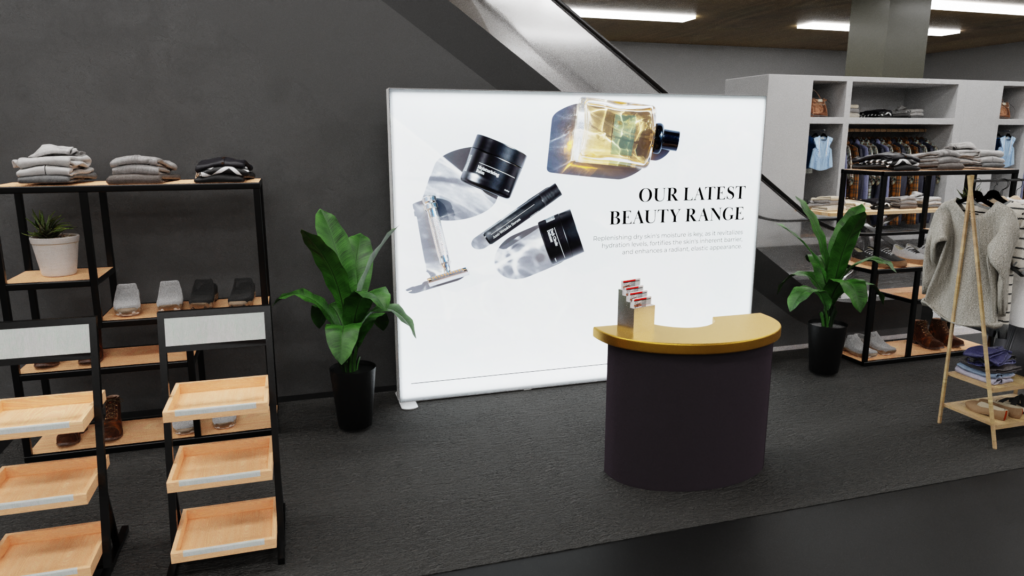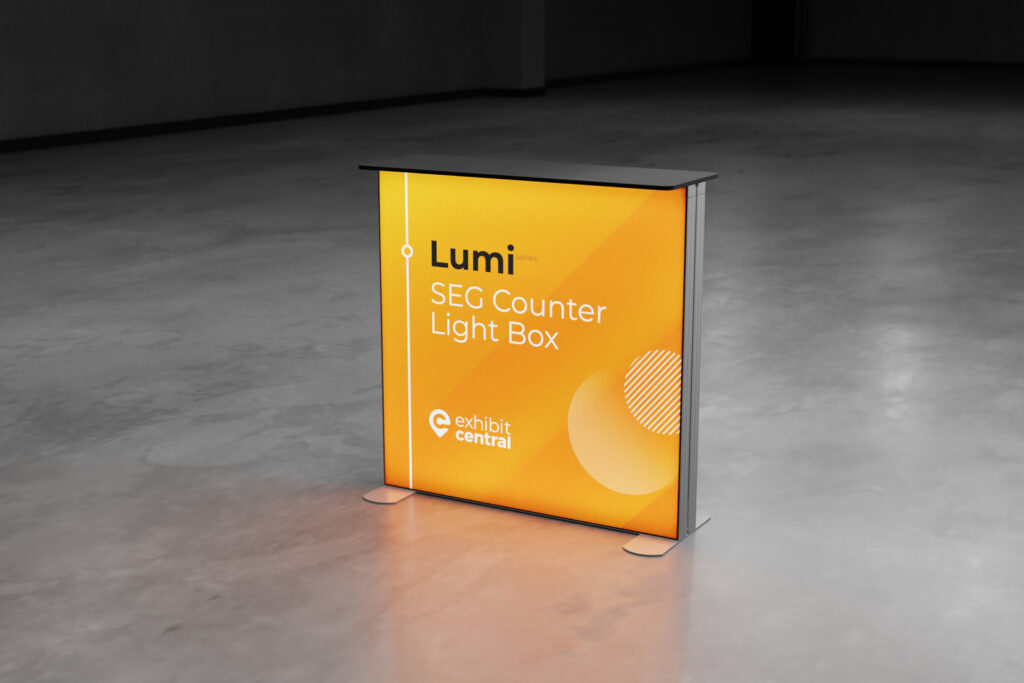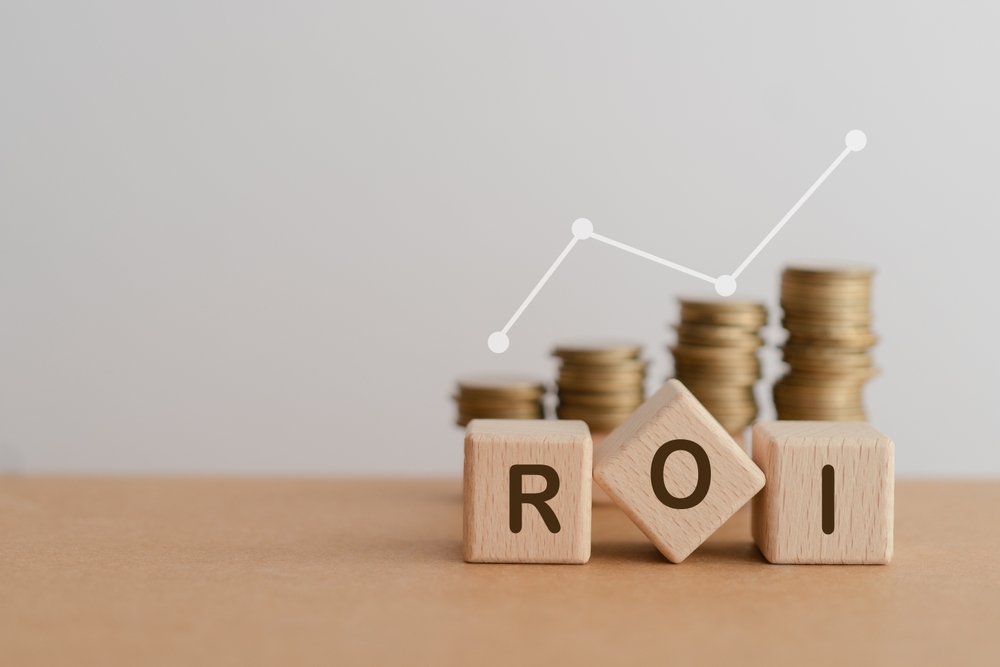Using the Power of Competitive Analysis in Exhibition Marketing
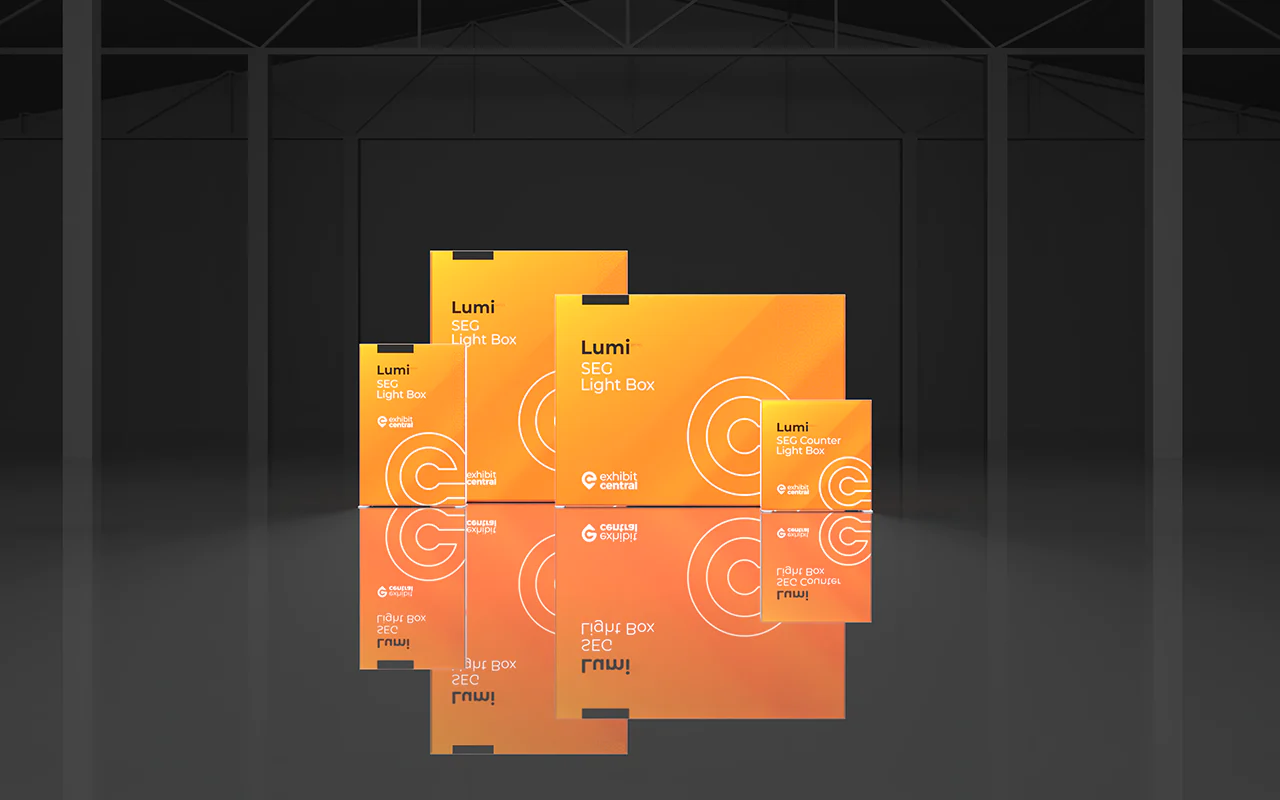
Exhibitions provide businesses with valuable opportunities to showcase their products, connect with potential customers, and stay ahead of industry trends. However, in order to make the most of these events, it is crucial to understand the competitive landscape and strategically position your brand. This is where the power of competitive analysis comes into play. By keeping tabs on your competitors, you can gain valuable insights that will inform your exhibition marketing strategies and give you a competitive edge.

When was the last time you conducted a thorough competitive analysis for your brand? Regularly researching and analysing major competitors is essential to gaining insight into their products, sales techniques, and marketing tactics for exhibiting. Armed with this knowledge, you can develop stronger business strategies, fend off competitors, and increase your market share at the next exhibition.
To begin your competitive analysis, it is important to research the expos in which your competitors participate and what they are doing at these events. This will allow you to evaluate how you compare to them in terms of image, branding, messaging, product or solution distinction, visibility, booth design, corporate colour, and marketing uniqueness. By understanding what your competitors are doing well, you can identify areas where you can exceed them and differentiate your brand.
A comprehensive competitor analysis will help you uncover the ins and outs of how your competition operates. It will enable you to identify gaps in the market that you can exploit, develop new products, services, or solutions that meet customer needs, and uncover market trends that can inform your exhibition stand strategy. By gaining a deeper understanding of your competitors’ strengths and weaknesses, you can market and sell more effectively, positioning your brand as the preferred choice for potential customers.
One effective tool to use during a competitive analysis is the SWOT analysis. By analysing the strengths, weaknesses, opportunities, and threats of both your company and your competitors, you can gain a clearer perspective on how to leverage your strengths and address your weaknesses. Here’s a template that you can use to conduct a competitor SWOT analysis:
SWOT Questions to Answer
STRENGTHS
- What is your organisation particularly good at when it comes to exhibiting?
WEAKNESSES
- What are the things that you need to improve on with your exhibition stands?
OPPORTUNITIES
- What trends are happening in the market that you could leverage into your exhibition stand?
- Do you have new competitors exhibiting, or are your existing competitors expanding their exhibiting efforts?
THREATS
- What can your competitors do that you can’t when exhibiting?
- What do customers perceive as the biggest weakness in your competitors’ exhibiting efforts?
- Are your competitors in a better position to leverage these opportunities into their expos than you are?
- Are your competitors more innovative in how they exhibit?
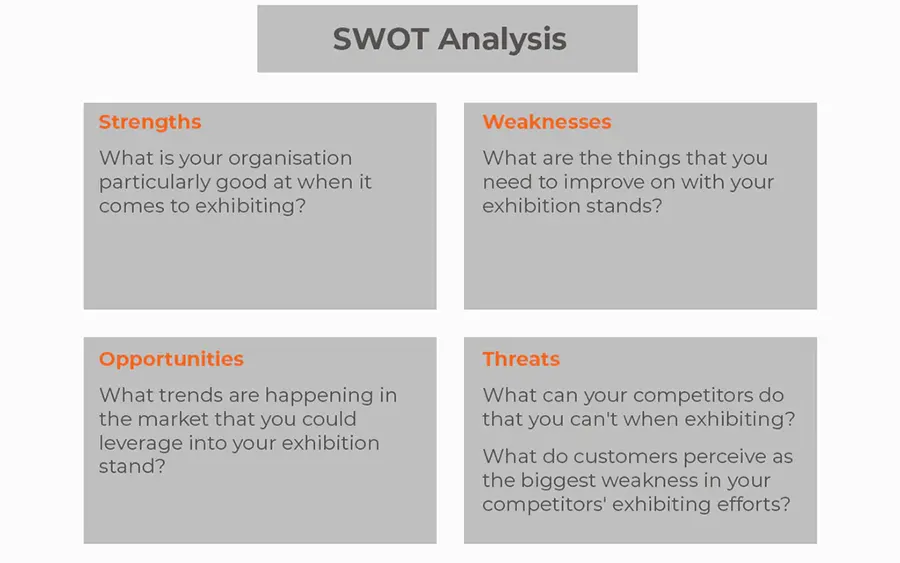
By putting together competitor analysis, you can gain valuable insights into your strengths and weaknesses compared to your peers. It will help you identify areas where you can improve and capitalise on emerging trends in the market. Additionally, it will allow you to evaluate your competitors’ weaknesses and leverage them to your advantage.
Competitor Analysis Framework: Conducting a Thorough Analysis
Event planning competition analysis is a crucial step in the success of any exhibition or event marketing endeavour. Understanding the competitive landscape allows event planners to identify their strengths, weaknesses, and unique selling points compared to their competitors. By conducting a comprehensive competitor analysis, you can gain valuable insights into your competitors’ event offerings, target audience, marketing strategies, and pricing models. This information empowers event planners to make informed decisions about their event concept, design, promotion, and pricing, ensuring they can differentiate themselves in the market and provide a superior experience to attendees.
To conduct a thorough competitor analysis in the field of exhibition/event marketing, you can utilise a structured framework.
A structured framework for competitor analysis provides a systematic approach to gather and analyse relevant information. The first step is to identify the key competitors in the market. This includes both direct competitors who offer similar event services and indirect competitors who cater to the same target audience. Once the competitors are identified, you can gather data on their event offerings, such as the types of events they organise, the scale of their events, and the features and amenities they provide.
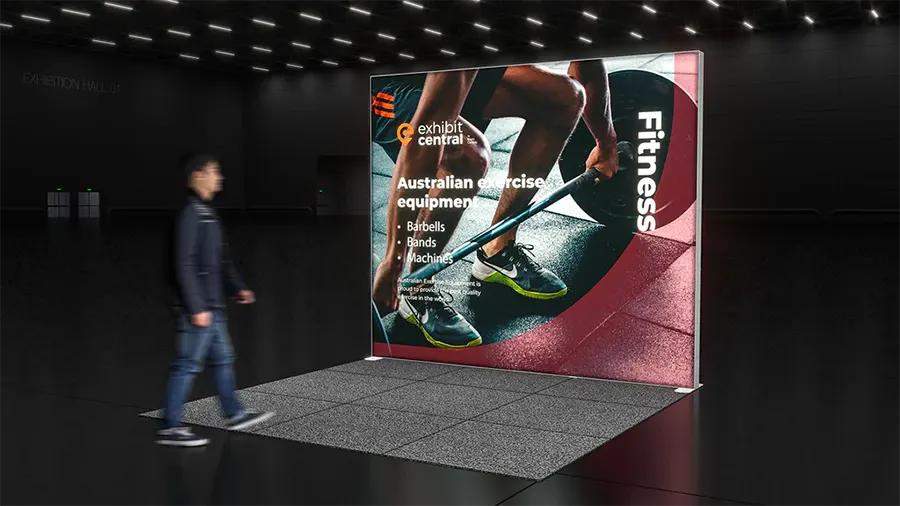
Next, it is essential to examine the target audience of each competitor. Understanding who they are targeting, and the specific needs and preferences of their audience can help you identify potential gaps in the market that you can leverage. Additionally, analysing the marketing strategies of your competitors can provide valuable insights into their promotional channels, messaging, and branding. This analysis can help you identify effective marketing techniques and differentiate your own event marketing efforts.
This competitor analysis framework typically involves several key steps such as
- identifying the key competitors in the industry
- gathering information about their events
- analysing their marketing strategies and tactics
- evaluating their strengths and weaknesses
- and identifying opportunities and threats in the market.
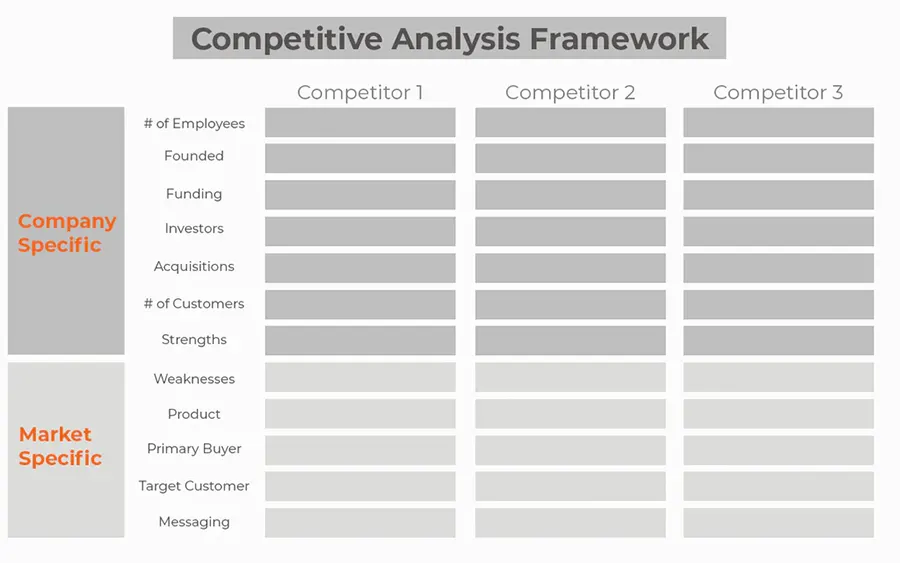
By following a systematic framework, event planners can ensure that no important aspect is overlooked during the analysis process and can gain a holistic understanding of their competitive landscape.
Various competitor analysis tools can aid event planners in conducting a comprehensive analysis of their competition in exhibition/event marketing. These tools provide valuable data and insights, such as competitor event profiles, attendee feedback, social media analytics, and market trends. Online platforms that aggregate event information and reviews, such as event listing websites and industry-specific directories, can be valuable sources of information.

Social media monitoring tools and analytics platforms can help track competitors’ online presence, engagement levels, and customer sentiment. By leveraging these competitor analysis tools, event planners can gather data-driven insights that inform their event planning strategy, drive innovation, and enhance their competitive advantage in the dynamic and ever-evolving field of exhibition/event marketing.
In conclusion, conducting regular competitive analysis in exhibition marketing is essential for success. By keeping a close eye on your competitors, you can identify opportunities, stay ahead of market trends, and develop effective strategies to differentiate your brand. Use the power of competitive analysis to inform your exhibition marketing research and make informed decisions that will propel your business forward in the competitive exhibition landscape.
Share
Author
Latest posts
Retail Signage: The Silent Salesperson Boosting Your Business
Retail signage is the unsung hero of the retail world. It’s the silent salesperson that greets customers, informs them about …
Display Counters for Retail Stores: Attract Customers and Boost Sales
Display retail counters are the workhorses of retail stores, playing a crucial role in showcasing products, facilitating sales, and enhancing …
Expo Marketing: A Comprehensive Guide to Maximise Your ROI
Expo marketing, also known as trade show marketing or exhibition marketing, is a powerful strategy for businesses to connect with …
Design Your Dream Exhibition: A Step-by-Step Guide to Exhibition Space Design Plans
Imagine your ideal exhibition experience. Visitors flock to your space, eyes wide with curiosity. They’re not just passively browsing; they’re …







